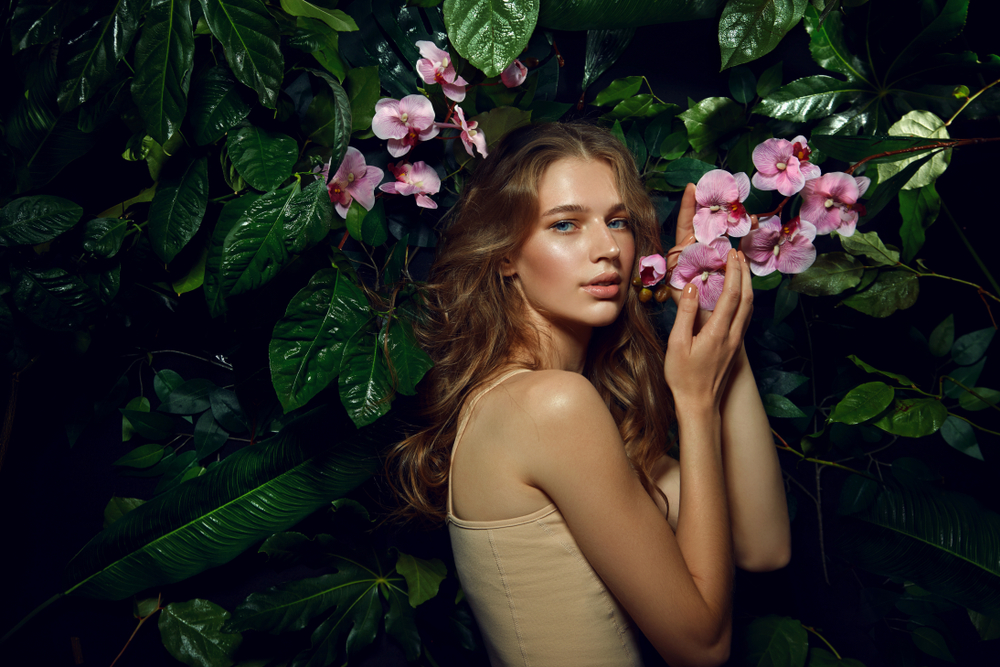
In the world of fashion and photography, modeling plays a crucial role in showcasing the beauty, elegance, and creativity of various clothing lines and brands. Models are not just faces that accompany clothes; they are the embodiment of style, grace, and confidence. Behind the glamorous images seen in magazines and billboards, there is an art to modelling (or modeling) that involves mastering the perfect pose in photoshoots. In this article, we will delve into the essential skills and techniques that can help aspiring models reach their full potential.
Understanding the Role of a Model
Before we dive into the intricacies of posing, it is important to understand the essence of modelling . A model is not just a mannequin walking down the runway or a pretty face on a billboard. Models are storytellers, conveying messages and emotions through their body language and expressions. They are responsible for bringing life and personality to the clothes they wear, leaving a lasting impression on viewers.
Developing Confidence and Self-Awareness
Confidence is an indispensable trait for a successful model. It is crucial to develop a strong sense of self-belief and a positive body image. Confidence radiates through the lens and captivates the audience. Being aware of your body shape, strengths, and areas for improvement can help you pose with intention and finesse. Embrace your unique features and let them shine during photoshoots.
Mastering the Basics
Just like any other skill, modeling (by models) requires a foundation of basic techniques. Understand the importance of body posture, balance, and alignment. Straighten your back, lengthen your neck, and relax your shoulders. Avoid slouching, which can give the impression of lethargy or a lack of interest. Practice walking with grace and poise, as it is pivotal for runway models.
Experiment with different facial expressions to bring variety and depth to your portfolio. The ability to convey a range of emotions will make you a versatile and sought-after model. Remember, subtlety can be powerful. Master the art of conveying emotions with a gaze or a slight tilt of the head.
Working with Your Photographer
A successful photoshoot heavily relies on collaboration between the model and the photographer. Establish open communication and build a rapport with the photographer. They have a vision in mind and can guide you through the process. Your photographer can provide insights, suggestions, and feedback during the shoot, helping you refine your poses and expressions.
Study the work of renowned fashion photographers and models. Understanding their signature styles and poses can inspire you to create your own unique approach. Keep in mind that no two shoots are the same, so adaptability is key. Be open to experimentation and think outside the box. Sometimes, the best photos come from unexpected moments and poses.
The Power of Body Language
Body language is a powerful tool in modeling. Use your arms, hands, and legs to create elegant lines and shapes. Experiment with different poses to highlight the clothes you are modeling . At times, asymmetry can add visual interest, catching the eye of viewers. Try incorporating dynamic movement into your poses, such as walking, twirling or reaching out. A dynamic pose can add energy and vibrancy to the image.
Posing for Different Types of Shoots
There are various types of photoshoots, including editorial, runway, catalog, and commercial shoots. Each type requires different poses and expressions. Study the specific requirements of each style and adapt your posing accordingly. Editorial shoots often call for dramatic and artistic poses, while commercial shoots demand a more relatable and approachable look.
Practice Makes Perfect
Becoming a skilled model does not happen overnight. Dedicate time to practice your poses and expressions in front of a mirror. Experiment with angles, lighting, and different types of clothing. Attend modeling (or modelling) workshops or seek guidance from experienced professionals in the industry.
Frequently Asked Questions
Q1: How long does it take to become a professional model?
A1: The time required to become a professional model varies for each individual. It depends on various factors such as talent, dedication, networking, and opportunities. Consistent practice, ongoing development, and persistence are key to success in the modeling industry.
Q2: What should I wear to a modeling audition or casting?
A2: It is essential to dress in a manner that highlights your physique without distracting from your natural features. Wear fitted clothing that accentuates your body shape and avoid excessive accessories or heavy makeup. Keep your look simple, versatile, and industry-appropriate.
Q3: Are there any age limitations for becoming a model?
A3: The modeling industry is diverse and caters to various age groups. While age is not a barrier, different sectors of the industry may have specific requirements. There are opportunities for models in their teens, twenties, thirties, and even older. It is essential to research and pursue the avenues that align with your age group.
Q4: Can I be a model if I don't fit the typical body standards?
A4: Yes! The fashion industry is embracing diversity more than ever. Embracing your unique features and body shape can make you stand out in the industry. Several modeling agencies and brands are actively seeking representation of all body sizes, ethnicities, and gender identities.
Q5: How can I build a strong portfolio as a beginner model?
A5: As a beginner, collaborate with aspiring photographers, makeup artists, and stylists to create a portfolio. Networking with talented individuals can help you gain experience and produce high-quality images. As you progress, work with professional photographers and agencies to further enhance your portfolio.
Conclusion
Modeling is more than just striking a pose. It is an art form that requires skills, dedication, and a good understanding of one's own body and emotions. Mastering the perfect pose in photoshoots involves a combination of confidence, self-awareness, and the ability to adapt to different styles and requirements. By cultivating these skills and continuously refining your craft, you can become a successful model, captivating the world with your unique charm and talent.
Other useful resources
- https://blog.planetmodelphoto.com
- https://en.wikipedia.org/wiki/Category:Modeling_agencies
- https://en.wikipedia.org/wiki/Category:Modeling_(profession)